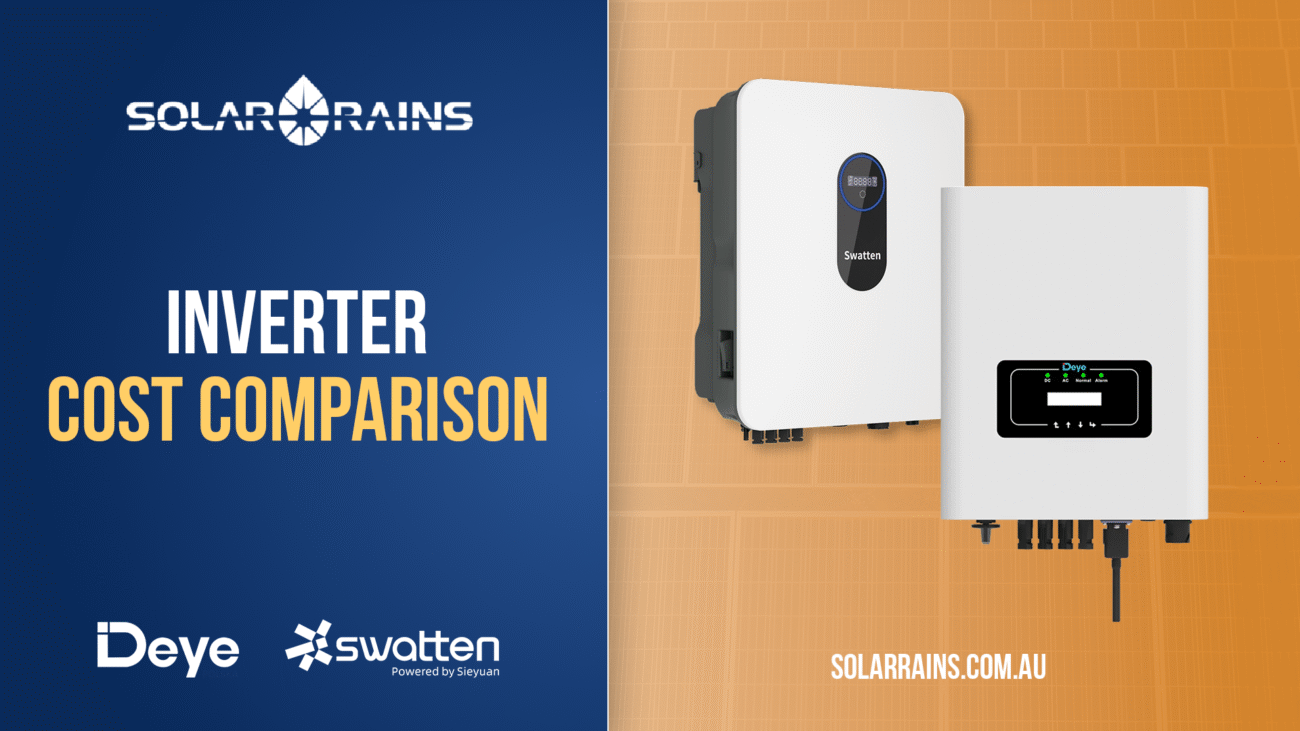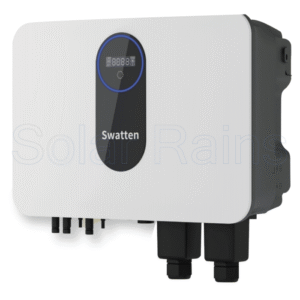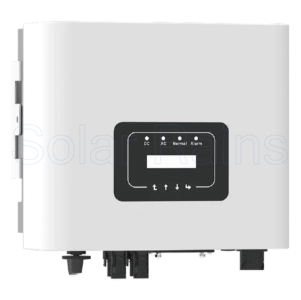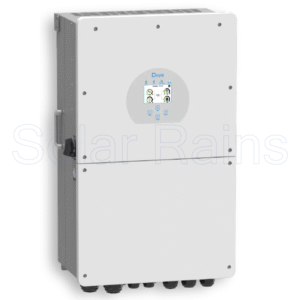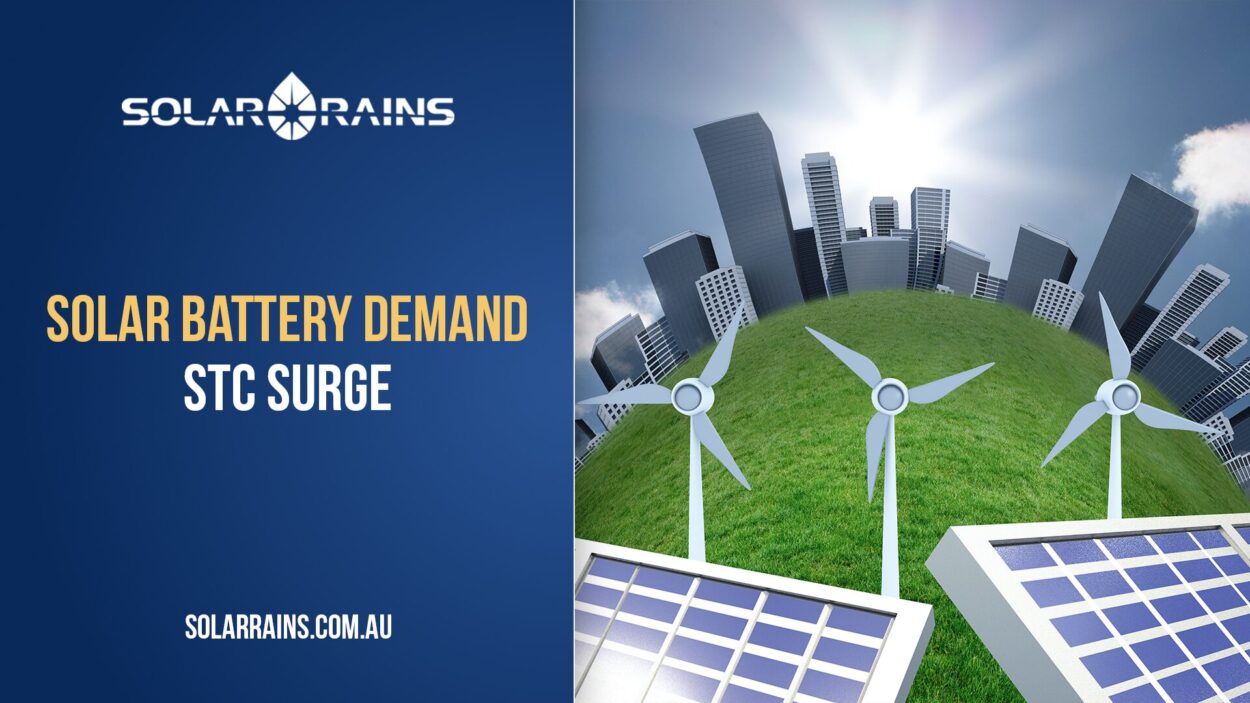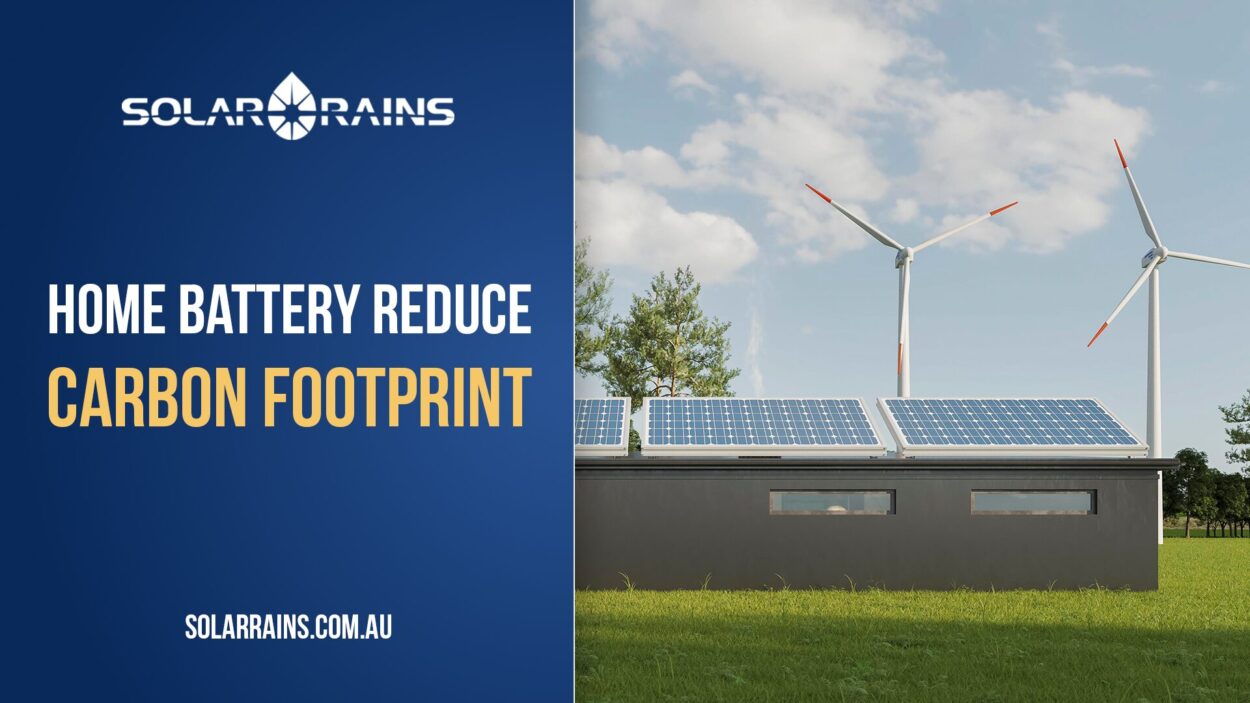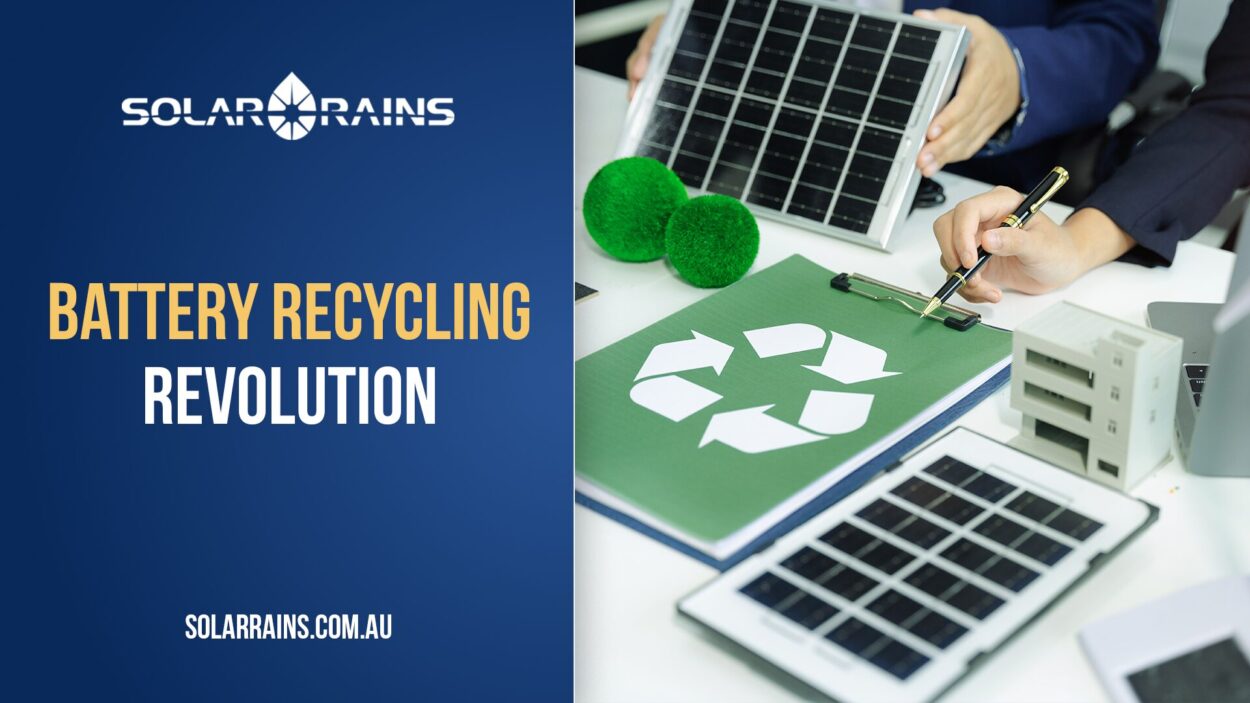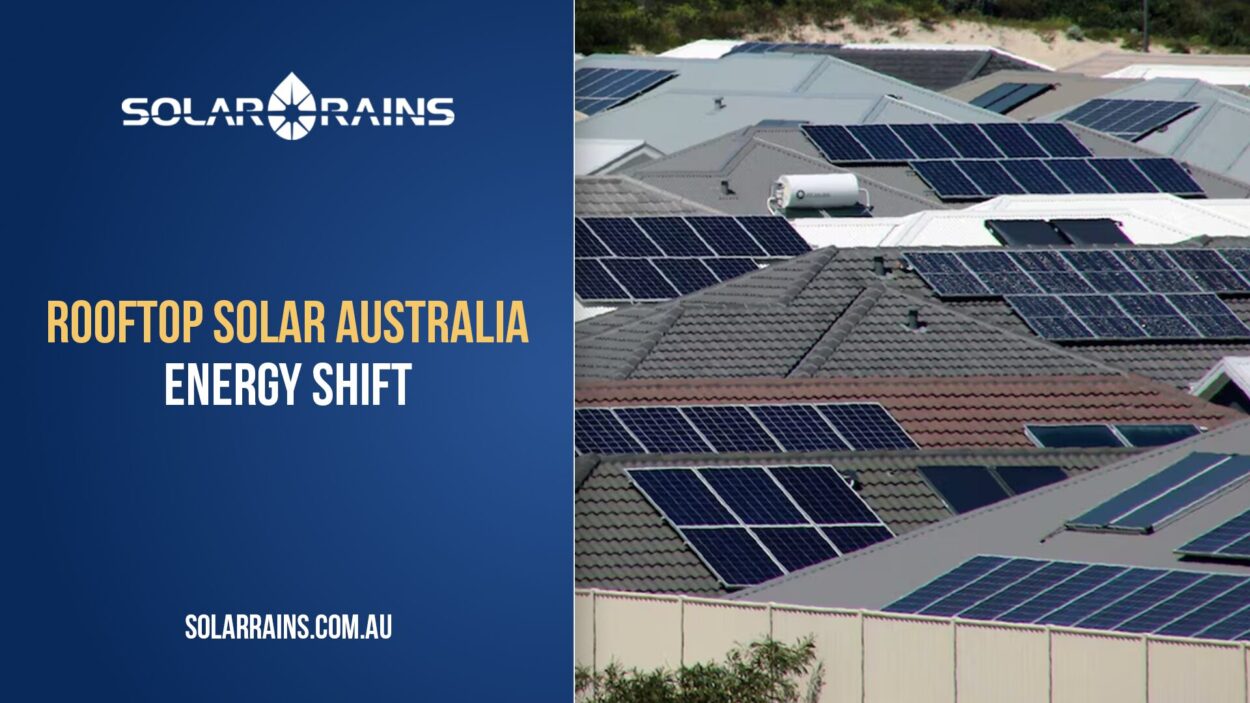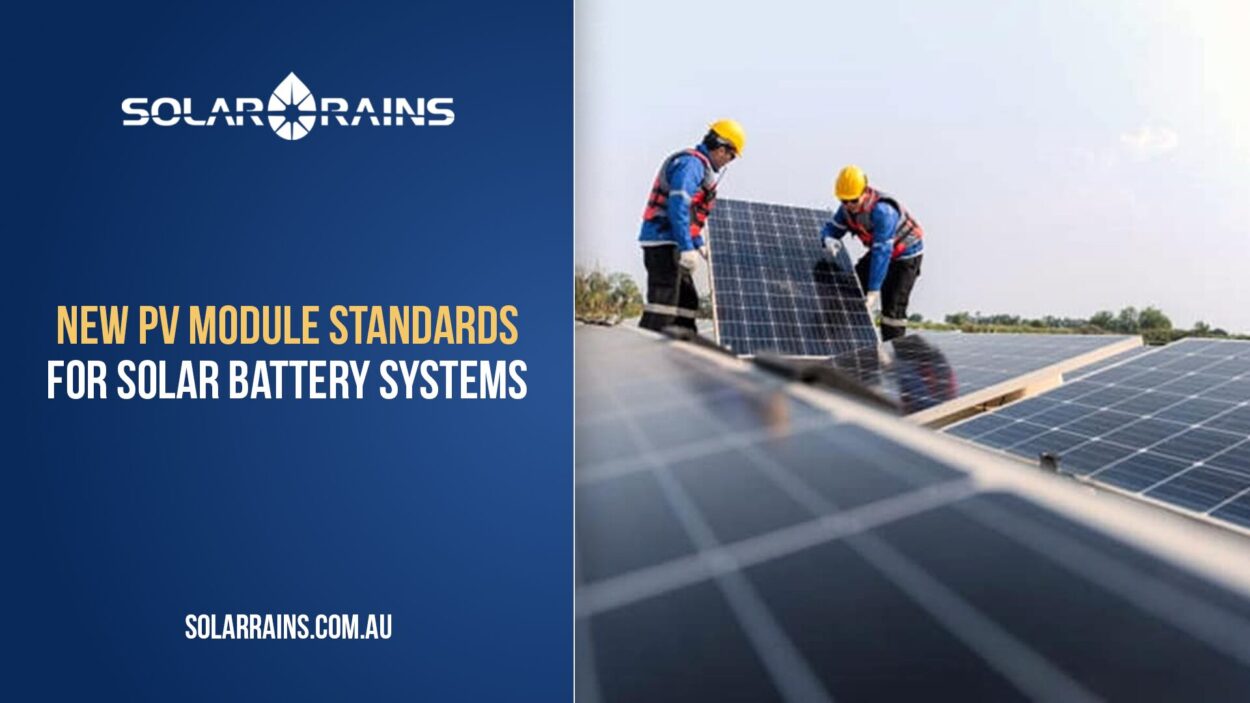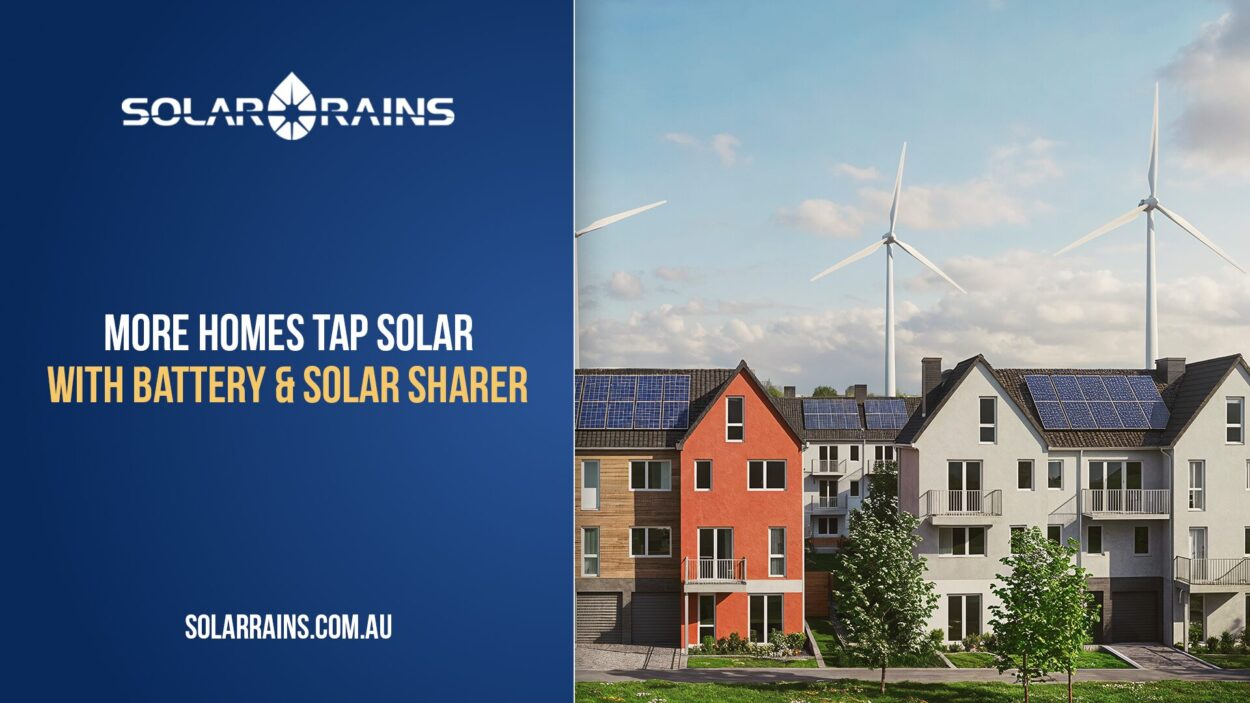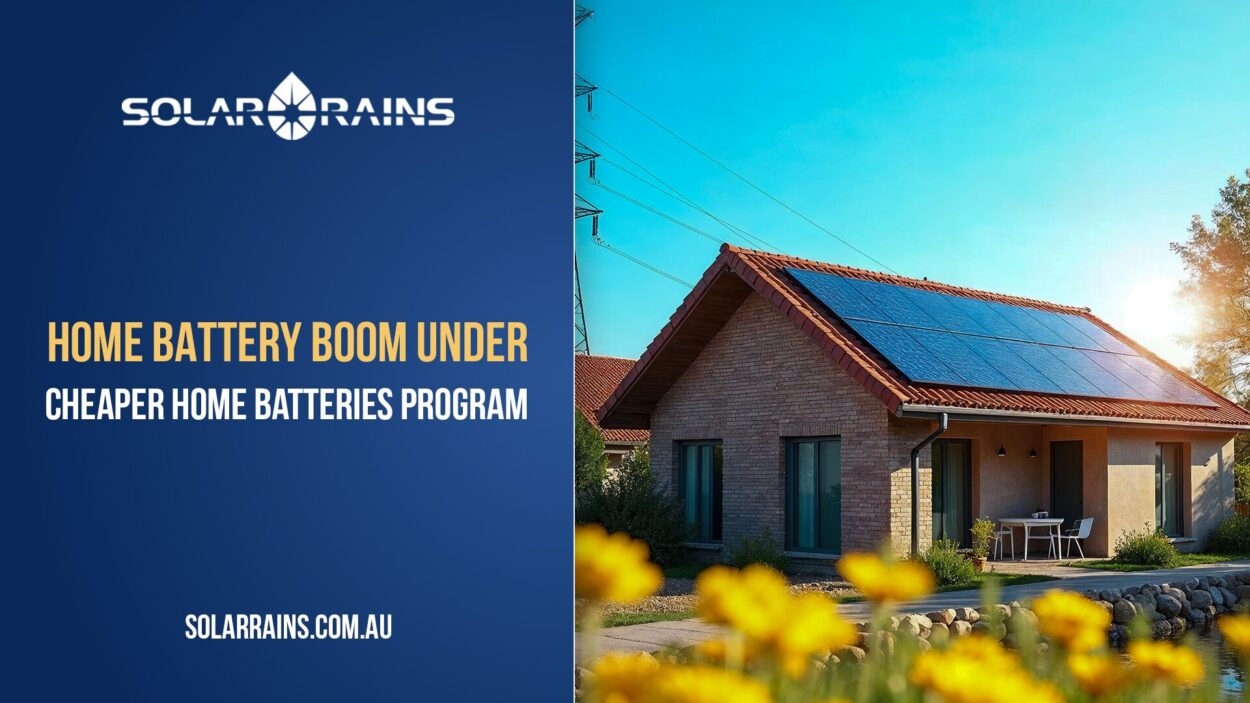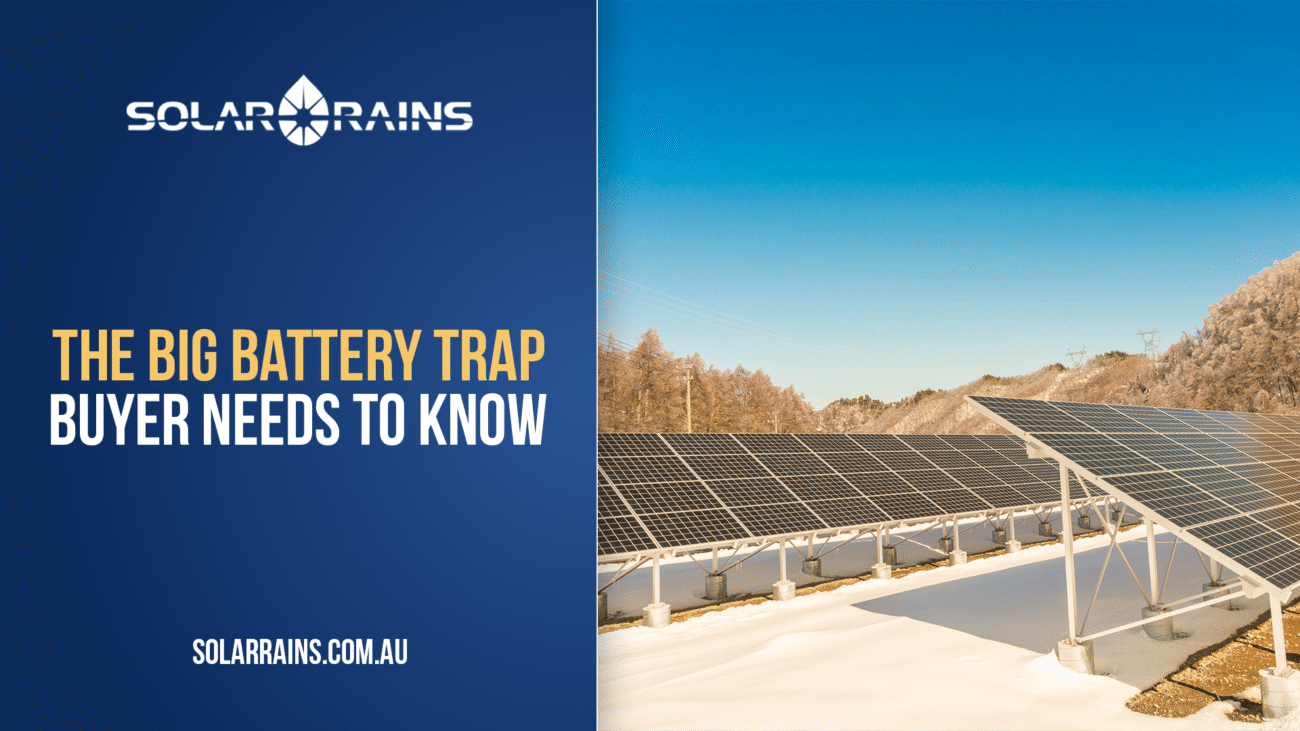When investing in a solar energy system, many Australians focus on panels and batteries—but the inverter is the heart of your setup. It governs system performance, impacts energy efficiency, and contributes to long-term operating costs. Two of the most popular inverter brands today are Swatten and Deye, both known for their hybrid inverter offerings.
In this guide, Solar Rains compares Swatten vs Deye inverter options specifically from an operating cost perspective—covering energy efficiency, suitability, pricing, and long-term value.
Why Inverter Efficiency & Operating Cost Matter
A solar inverter converts DC electricity from your solar panels into usable AC power. While panels capture energy, it’s the inverter that determines how much of that energy gets used or wasted. Poor efficiency or high standby losses in an inverter can add hundreds of dollars to your energy bill over time.
As electricity rates continue to rise in Australia, choosing an inverter with strong long-term performance becomes a financial decision—not just a technical one.
Overview of Swatten & Deye Inverter Ranges
Swatten Inverter
The Swatten Hybrid Inverter – 1 Phase 5kW or 6kW is an entry-level option for small residential solar systems. It offers hybrid functionality, meaning it can manage solar panels and batteries, allowing you to store excess power for later use.
- Ideal for households using less than 20kWh/day
- Easy to install
- Budget-friendly
- Suitable for regions with stable grid access
Deye Inverter
Deye offers a wide range of hybrid and string inverters, from small single-phase units to large three-phase commercial systems. These include:
- Single-Phase Hybrid Inverter (7.5–16kW)
- Three-Phase Hybrid Inverter (5–75kW)
- String Inverter for larger commercial installs
Deye’s range offers:
- Smart grid capabilities
- Integrated monitoring
- Lower standby losses
- Better scalability for expanding solar systems
Inverter Operating Costs: Key Factors
Efficiency Ratings
Both Swatten and Deye have high conversion efficiencies, but Deye tends to edge slightly ahead with a max efficiency of 98.6% vs Swatten’s 97.6%. Over time, even a 1% difference can mean hundreds of kWh lost or saved.
Standby Power Consumption
Swatten units typically consume 8–10W in standby mode, while Deye’s premium models range from 2–5W. These “vampire loads” add up—especially when your system sits idle at night.
Thermal Design
Deye inverters are built with active cooling (fan-assisted), maintaining optimal internal temperatures even in Australia’s hot climate. Swatten uses passive cooling, which is quieter and more power-efficient, but may throttle performance during heatwaves.
Monitoring & Smart Controls
Deye offers advanced remote monitoring, real-time system data, and programmable charge/discharge cycles to avoid peak tariffs. Swatten has a more basic interface suited for plug-and-play setups.
10-Year Cost of Ownership Comparison
| Feature/Metric | Swatten Inverter (5–6kW) | Deye Inverter (7.5–16kW) |
| Target Users | Small households (≤6kW) | Medium–large homes, commercial systems |
| Inverter Cost (AUD) | ~$1,300–1,600 | ~$2,000–4,500 |
| Max Efficiency | 97.6% | 98.2%–98.6% |
| Cooling | Passive | Active (fan-cooled) |
| Standby Consumption | 8–10W | 2–5W |
| Annual Standby Cost | ~$60 | ~$30–45 |
| 10-Year Estimated Operating Loss | ~$600 | ~$300–450 |
| Monitoring | Basic LCD | Advanced remote platform |
| Backup Readiness | Limited | Full VPP, battery, & backup integration |
| Best Suited For | Entry-level solar homes | Homes with high usage, EVs, or business-scale solar setups |
Use Cases: Which One is Right for You?
Choose Swatten Inverter if:
- You live in a small to medium-sized home (under 6kW system)
You don’t need advanced VPP or smart control features - You want a simple and budget-conscious hybrid solution
- You are looking for a reliable, entry-level hybrid inverter
Choose Deye Inverter if:
- Your system size is 7.5kW or larger
- You plan to add battery storage, EV charging, or join a Virtual Power Plant
- You want higher energy yields over the system’s life
- You operate a commercial or three-phase system
FAQs
Deye inverters typically achieve higher efficiency (up to 98.6%) compared to Swatten’s 97.6%, making them more cost-effective over time.
No. Swatten is a single-phase unit. For 3-phase applications, Deye’s 3-phase hybrid or string inverters are recommended.
Deye. It supports a wide range of hybrid, grid-tied, and off-grid configurations.
Yes. It supports hybrid operation, making it compatible with solar batteries, including AlphaESS and Swatten Stackable Batteries.
Deye is widely deployed in commercial solar systems and offers broad software support and firmware upgrades. Swatten remains a more niche, consumer-focused brand.
Conclusion
In choosing between Swatten and Deye inverters, the deciding factor should be your system scale and long-term goals. Swatten provides an excellent entry point for hybrid solar systems under 6kW with a low upfront cost and easy setup. On the other hand, Deye delivers more robust features, superior efficiency, and long-term operating cost savings for households or businesses looking to scale, participate in VPPs, or integrate EV infrastructure.

